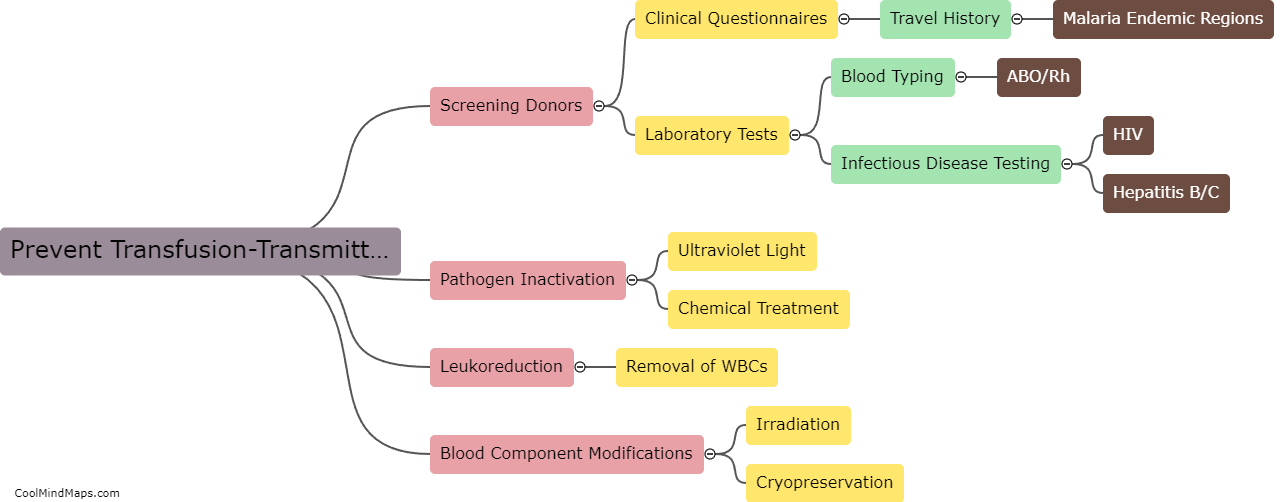What are nanofibrils?
Nanofibrils are ultra-thin fibers with diameters that typically range from 1 to 100 nanometers. They are composed of different materials such as cellulose, proteins, or polymers, and exhibit unique physical and mechanical properties due to their extremely small size. These structures can be found in a variety of natural materials including plants, insects, and animals, and have also been fabricated synthetically for various applications. Nanofibrils have gained significant attention in recent years due to their exceptional strength, flexibility, and high aspect ratio, which make them ideal building blocks for advanced materials and technologies such as nanocomposites, coatings, biomaterials, and electronics. The properties of nanofibrils can be modified through engineering techniques, allowing for customization to meet specific application requirements.

This mind map was published on 30 November 2023 and has been viewed 98 times.











